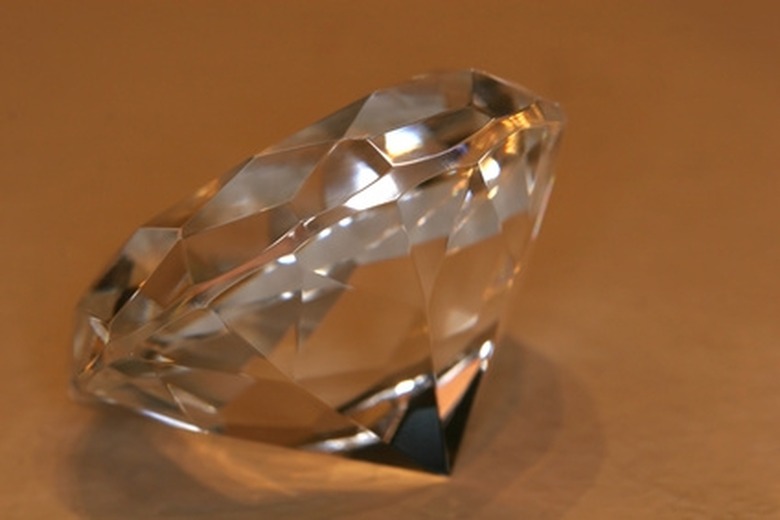Similarities Between Graphite And Diamonds
The differences between diamonds and graphite are quite large when it comes to appearance, hardness and uses. However, graphite and diamonds have quite a lot in common, from chemical properties to physical properties.
Carbon
Carbon
Both graphite and diamonds are made out of pure carbon. The chemical composition of the two is exactly the same. This makes graphite and diamonds allotropes of carbon along with amorphous, which is commonly called soot or carbon black. Allotropes are compounds that have the same chemical makeup but have different structures which results in different properties. The difference lies in how all the carbon atoms align and connect to one another.
Covalent Bonds
Covalent Bonds
The bonds that hold the carbon to each other are covalent bonds. Covalent bonds are bonds that share electrons between atoms. In both graphite and diamonds the carbon atoms share valence electrons, electrons in the outermost electron shell, with other carbon atoms in the structure.
High Melting Points
High Melting Points
The melting points of both graphite and diamond are very high. The melting point of graphite is 4200 degrees Kelvin, and diamond's melting point is 4500 degrees Kelvin. In fact, when a diamond is exposed to high heat and ion bombardment, it will begin to convert back to graphite, which is a more stable structure for carbon atoms.
Naturally Occuring
Naturally Occuring
Graphite and diamond share other characteristics not found in other carbon-based minerals. For example, both graphite and diamond are naturally occurring on Earth. The two minerals may also be produced in the laboratory. White carbon is not found in nature and has only been created in the lab; it can split a beam of light into two.
Cite This Article
MLA
Carpenter, Michael E. "Similarities Between Graphite And Diamonds" sciencing.com, https://www.sciencing.com/similarities-between-graphite-diamonds-8478868/. 24 April 2017.
APA
Carpenter, Michael E. (2017, April 24). Similarities Between Graphite And Diamonds. sciencing.com. Retrieved from https://www.sciencing.com/similarities-between-graphite-diamonds-8478868/
Chicago
Carpenter, Michael E. Similarities Between Graphite And Diamonds last modified March 24, 2022. https://www.sciencing.com/similarities-between-graphite-diamonds-8478868/
